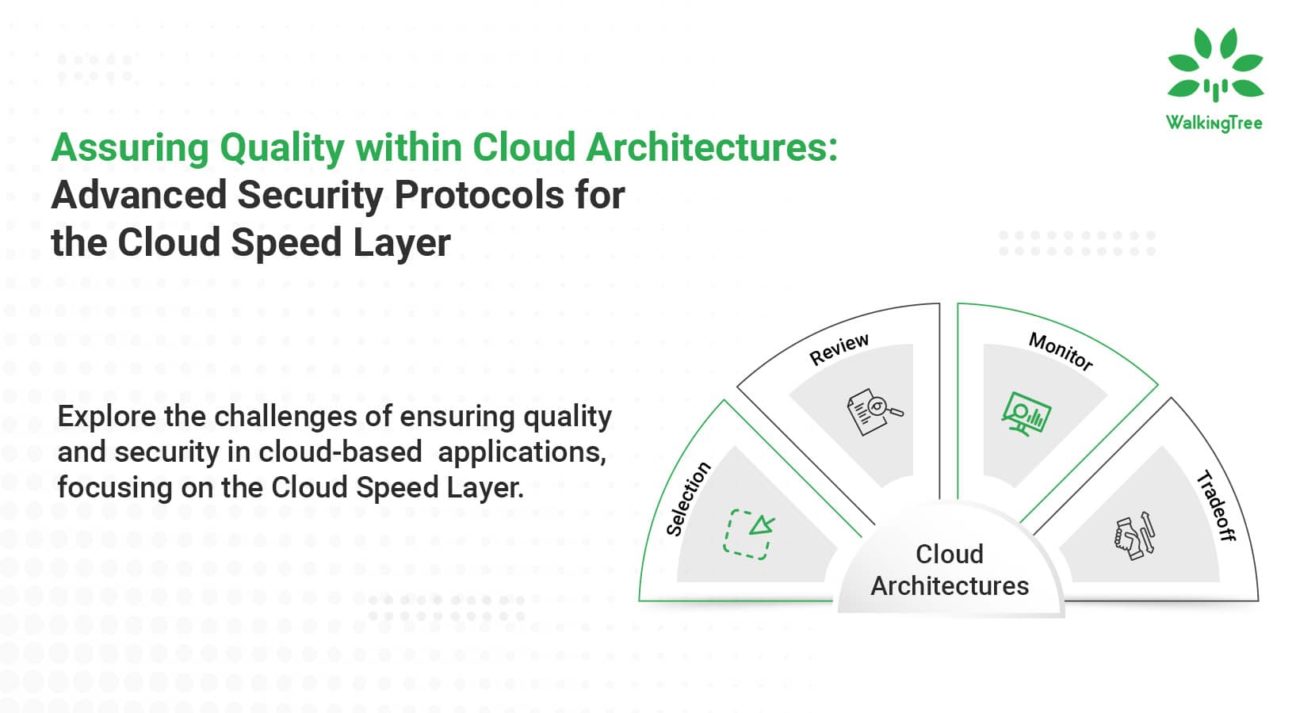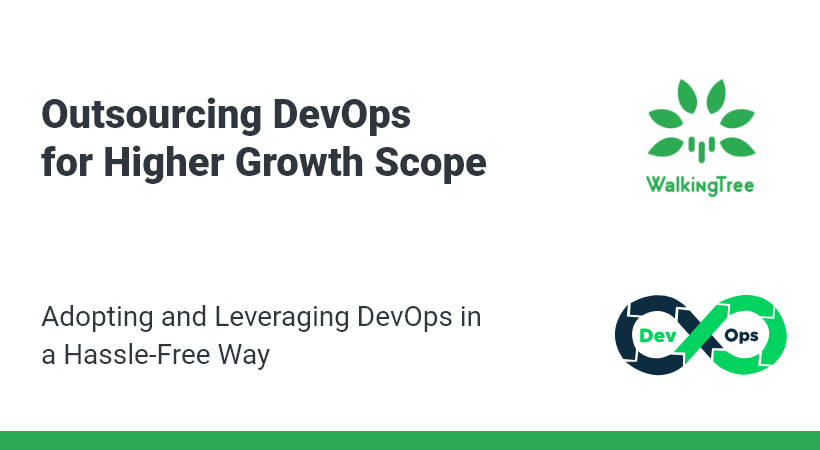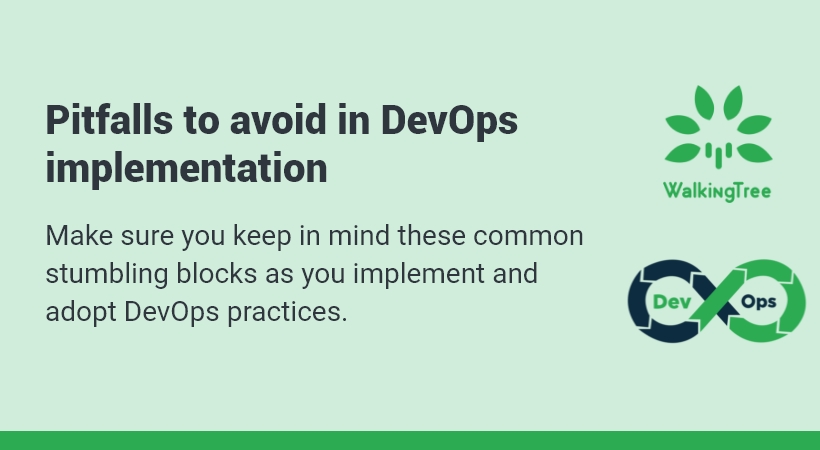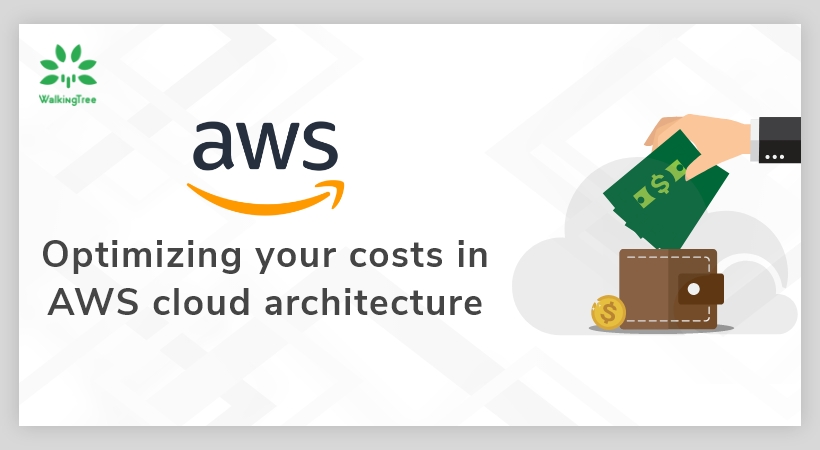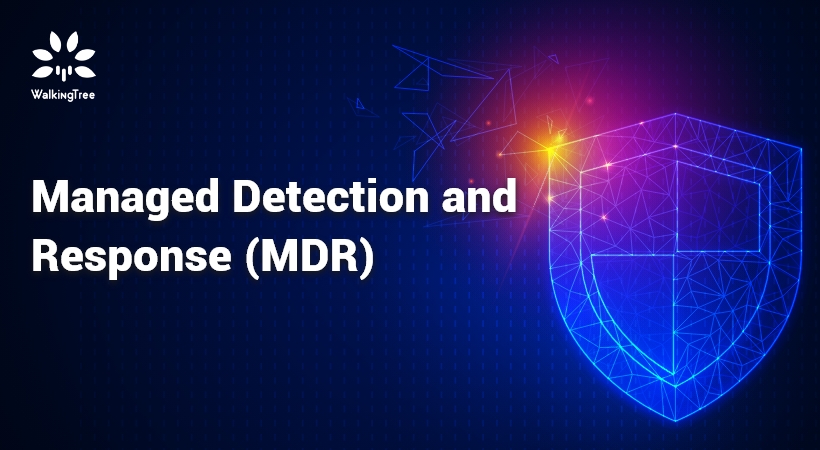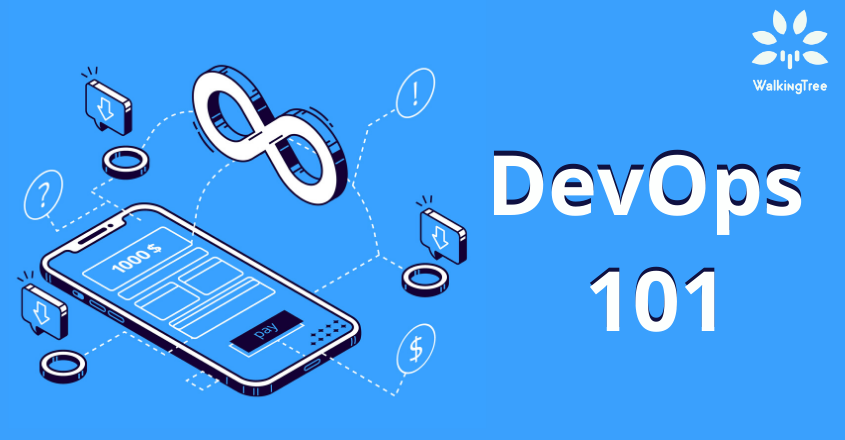Monitor your AWS cloud usage and avoid surprises


Cloud costs are among the biggest investments these days for many organizations. Cloud cost optimization is becoming sensitive with a rising number of facilities, cases, and regions. The on-demand use and different pricing models offer many cost advantages for sure when it comes to operating in the cloud. Companies may innovate more often, embrace innovation, and respond to changing market conditions thanks to the cloud’s dynamic nature. Yet, the willingness and ability of organizations to plan and handle cloud spending depend on the realization of such benefits. To optimize costs and improve cloud visibility and protection, businesses use cloud management systems. But it takes competence, strength, and time to remain on top of AWS budgets, particularly when any glitch can lead to huge costs that bring surprises.
It is essential to understand the difference between cloud cost monitoring and cloud cost optimization and that is the reason why leading businesses use AI-based ‘Real-time Utilization Warnings’ for proactive handling of their cloud management stack to add as a layer on top of cloud cost management and optimization. Cloud agility, speed, and elasticity are great for strategic objectives and are flexible and at the same time, if not controlled, they could become a financial burden.
Introduction-AWS Cost Anomaly Detection
In this blog let us see how AWS’s pricing philosophy helps companies minimize their costs as they scale and select the most appropriate level of pricing depending on their needs. How enterprises can control and maximize their spending on cloud assets is to implement constant cost monitoring to intend and operate within the organization’s particular budgets. Being completely aware of the cost drivers and trends allows you the opportunity and versatility to consider the real costs and analyze them and take appropriate action for sudden spikes.
AWS Cost Anomaly Detection offers a service that enables its users to effectively track cloud usage and financial management using machine learning technology. It helps to assist clients with ease, comfort, and trust in assessing and measuring unexpected cost variances. The machine learning capabilities of AWS Cost Anomaly Detection help you identify and work on anomalous spending activities by automatically identifying the root causes of such incidents.

Improve Cost Management with AWS Cost Anomaly Detection
AWS Cost Anomaly Detection helps you to configure the cost monitoring level depending on your requirements. For monitors, there are 4 main categories:
- AWS Services Level
- Linked Account Level
- Cost Category Level
- Cost Allocation Tags
If you want comprehensive tracking across multiple facilities and concentrate on smaller anomalies rather than a broader view across the enterprise, you can utilize individual service-level monitoring.
You can leverage related accounts, expense categories or cost allocation tags for a more detailed look, allowing you to track spending across multiple teams for which you define. For example, if you want to see overall spending from your teams or grouped accounts, you can track the aggregated spending of a person linked account. On the other hand, if you want to monitor and analyze the costs based on your organizational structure and different cost centres for accounting and financial purposes, cost category levels and cost allocation tags may also be helpful.
Thresholds adjusted automatically for Accurate Analysis
The greatest convenience here is that you don’t have an exception to describe. The service utilizes machine learning techniques and automatically identifies the anomaly levels on the basis of the projected organic growth rate and spending trends of your organization. In this way, without manual intervention, your threshold levels are constantly changed to correct levels. Thresholds and warning times provide alert preferences. For the anomalies found that affect more than this defined amount, you identify a monetary level for the warning thresholds to be notified. You may set the disturbing frequency for regular and weekly summaries or on an individual basis, depending on your preferences. With these various monitoring options, you can also establish different relevant stakeholders for each control. It’s entirely up to you to decide how much details you want and what you want.

With Automated Root Cause Analysis Save Time and Money
Track and detect anomalies automatically using AWS Cost Anomaly Detection and also identify the potential root cause. You can then take the root cause for further analysis to identify and list the reasons for the unexpected rise in your spending. Also, the service lists valuable details such as service, account ID, area, and type of usage, to make it simpler for your analysis. This way you will be able to reduce the amount of time or effort you have been spending to review cost anomalies. AWS Cost Anomaly Monitoring helps you about the cost spikes observed and keep well informed and take appropriate action at the right time. AWS Cost Explorer is also integrated with the service, which additionally enhances the capacity to quickly review and examine anomalies.
Services Offered by AWS Cost Management
In AWS Cost Control, there are several resources and tools available, each allowing organizations to be aware of their ongoing spending trends, to be alerted and informed of their cost patterns and variances. By creating custom dashboards, budget thresholds, resource tags and so on, these tools also help you to track, manage and compare your spending patterns.

Covid-19 gauges cloud plans
The issue of Covid-19 has led to stay-at-home policies for consumers that and in turn, it has affected cloud plans. To achieve cost savings and business continuity, the ability to use on-demand, flexible cloud models provides the catalyst for companies to quickly accelerate their digital business transformation plans. Cloud adoption has been enhanced by increased usage of public cloud resources to be the latest standard,’ now more than ever. As a result of the pandemic, some sectors are suffering massive economic consequences and as a result of these activities, cloud demand will inevitably change. Nevertheless, the Covid-19 has accelerated the usage of the cloud as many enterprises, especially public service firms are in a race to provide smart services and business continuity.
Irrespective of the kind of cloud usage for your individual or enterprise needs, it is always beneficial to monitor and have complete control over your expenses.
Few things you should follow especially if you are using AWS, as an exploratory user, just learning AWS and trying out things in the free tier:
- Delete the resources when you are done exploring them and they are not in use. You may be consuming your resources even when it’s idle so no use keeping them idle if you don’t need to.
- Setup a budget and monitor your charges as some items may well exceed the free tier, as you go on trying out new features.
- When creating a new AWS component be sure to select the free tier option if you are just exploring, as it may not be selected by default. For e.g. when creating a new cluster in Amazon Redshift for the first time you can use the free tier option. Note that the production version is the default selection and if you overlook this, be sure to face some Big bills, as it is charged on an hourly basis.
- Check for less expensive options instead of consuming the expensive options during non-business hours/non-working hours especially in case of development or testing environments. For e.g., while using Amazon Redshift, a snapshot can be taken as backup instead of keeping the cluster up when not in use. It is easier to bring up the cluster with the same data using the saved snapshot which costs much less. Another example is Spot Instances, the less expensive compute option for EC2 which can be used for development and test instances where any intermittent downtime does not have any critical impact.
Conclusion
Cloud computing comes with huge benefits but if not used properly, it can land you in huge troubles too. Today, it is very important for businesses to have a complete awareness of the cloud resources used, the real usage patterns and trends. In addition to monitoring what you have spent, it is important to predict what you will be spending and where cloud cost optimization tools are really helpful to compare data for analysis and reporting to drive business productivity.
Read more on the following links about how to keep your costs under the watch
- https://docs.aws.amazon.com/awsaccountbilling/latest/aboutv2/monitoring-costs.html
- https://aws.amazon.com/cloudtrail/getting-started/
- http://docs.aws.amazon.com/AWSEC2/latest/UserGuide/using-cloudwatch.html
- https://docs.aws.amazon.com/AmazonCloudWatch/latest/monitoring/monitor_estimated_charges_with_cloudwatch.html
- http://docs.aws.amazon.com/awsaccountbilling/latest/aboutv2/budgets-managing-costs.html
- https://aws.amazon.com/aws-cost-management/aws-cost-anomaly-detection/
- https://aws.amazon.com/blogs/aws-cost-management/student-focus-keeping-an-eye-on-your-aws-costs-and-usage/

